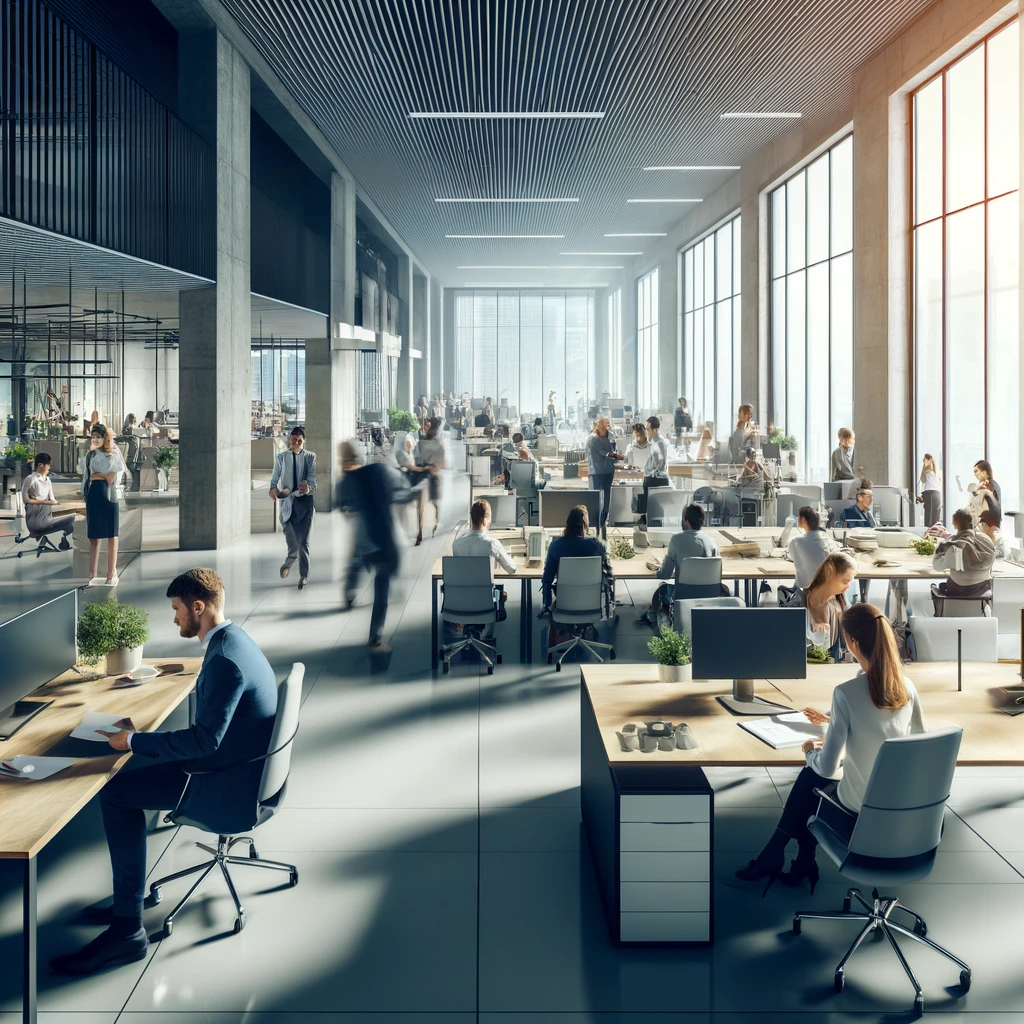The first Steps into the New Work Wold – How to prepare for New Work

Everyone is talking about how the world of work is changing under Corona: old work models are gradually being replaced in favor of home office or hybrid working.
But what does that mean specifically for workplace design? Clearly a big change, because the use of space in the office or even the classic workplace will change noticeably in the near future. Therefore, anyone who gets used to the idea of New Work now and starts preparing their occupancy planning and resource management for the change today would be well advised to do so.
Based on three simple steps, we will show you what you need to pay attention to in order to successfully enter the New Work Era!
1. Understanding the needs of employees
The first and most important aspect is the needs of your employees. Their needs should be the foundation on which you build your new workspace management. We have already taken a brief look at what employees want in this article. In brief, the following points are of particular relevance:
- Modern work models such as home office and mobile working,
- Ensuring co-working both in the office and virtually,
- A modern workplace design.
For reasons of work-life balance, more and more employees prefer the home office or, to some extent, the mixed form of hybrid working. Companies that are aware of such preferences can assess the way employees work and respond accordingly. Finally, the conditions for such work models must first be in place – be it through binding home office and office regulations, the possibility of workplace booking or through modern workplace design.
2. Designing a flexible working environment
A central tenet of New Work is to design a flexible workspace. Consisting of divided workstations, quiet zones and modularly placeable office equipment in open-plan offices, the working environment can thus be dynamically adapted. This has the advantage that the office can be adapted to the needs of the employees at any time, e.g. if larger teams have to come together for a project.
Meeting, conference and team rooms in various sizes, as well as lockers, parking spaces, etc. are available in sufficient numbers. It is important that the contingents of the various resources can be viewed transparently and booked in advance. A booking assistant is a smart help in this respect, as it relieves you of resource management by providing an overview of current space utilization and occupancy planning at all times. Employees can use it to easily book rooms and meet up with teammates in the office.
3. Secure access to dynamic usage preferences
To understand the changing world of work, you should evaluate current usage preferences and information on how employees work. A Booking Assistant helps you with this as well, because it performs continuous workspace monitoring. Based on this, you can foresee trends and prepare your office for the future.
On the workload management side, for example, it allows you to see whether you have planned too many or even too few workstations. Depending on this, you can save resources to make your space utilization even more efficient.
These articles might also interest you

Massive resistance: SAP introduces mandatory office attendance – despite internal criticism
The software group SAP is introducing a mandatory attendance requirement of three days a week in the office by the ...

How can workplace automation improve workplace booking?
Automated processes exist everywhere to simplify everyday tasks. Under the term workplace automation, this concept is gaining more and more ...

The digital workplace: Are on-premises or cloud booking systems better?
Companies that embrace hybrid work rely on technologies for workspace booking. The booking software depends on internal company data – ...

